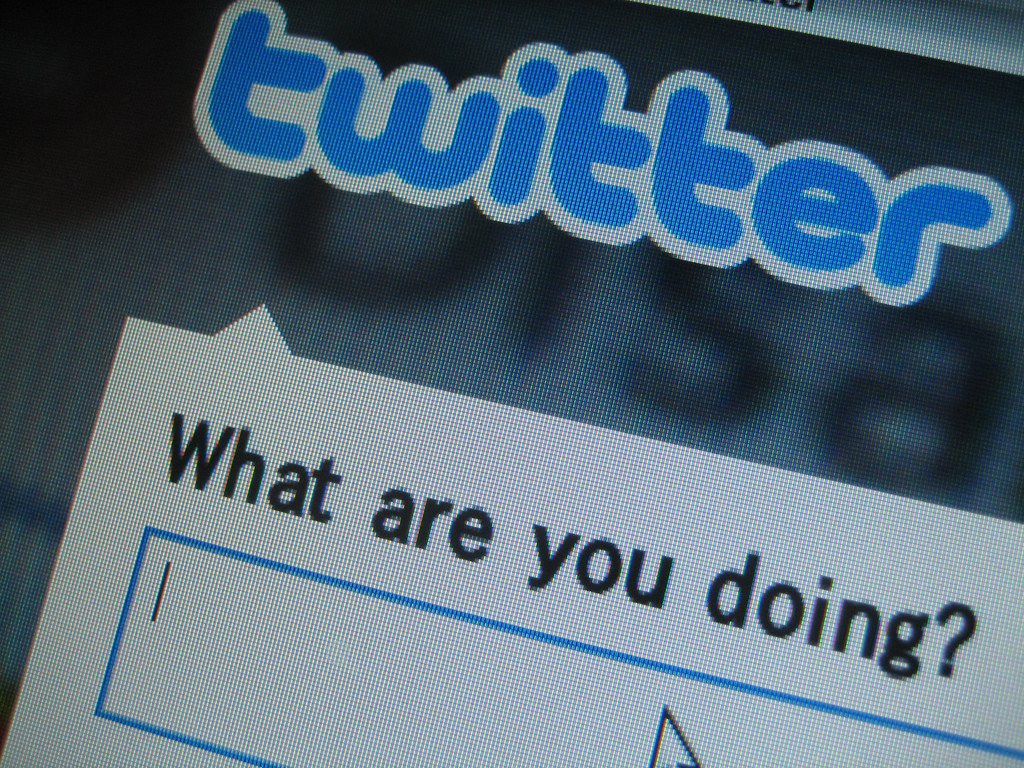
29 Sep Should I tweet or should I go now?
This week Twitter revealed a new 280 character limit for tweets, or its own death knell, depending on who you believe. Senior Consultant / Twitter curmudgeon Richard Irvine asks if reports of Twitter’s death have been greatly exaggerated, and looks at how it fits best in your digital mix.
Think about your family and friends – how many are on Facebook? And how many are on Twitter? Twitter’s active user numbers are flatlining and it sits a distant fourth in New Zealand behind YouTube, Facebook and Instagram.
While it was arguably the leading social network ten years ago, for many Twitter has lost its mojo – it’s too hard to keep up with and the mechanics are hard to understand. Facebook, with its big brands and all your mates feels like a safer and more inviting space.
140 character twitter vs. 280 character twitter. pic.twitter.com/zQr5UrBZNG
— Francisco M. Alvarez (@FrankAlvarez) September 27, 2017
But – Twitter has a sweet spot between the noise and trolls. There’s a national conversation taking place 24/7 and you have complete control over who you hear from and talk to. If you use a third party app like Tweetdeck or Tweetbot, it’s one of the few networks where you can get a real-time feed, that’s not reliant on the whim of an algorithm.
Twitter is ideal for staying close to your stakeholders, learning what makes them tick and add a new dimension to your relationships. For business leaders, it’s a humanising experience, where you stand or fall on your ability to think on your feet (or your phone). It’s pretty special to be able to talk directly with politicians and opinion makers, and they might even answer back if you’re able to grab their attention. For breaking news it’s unbeatable, and during events, TV or sports the hot takes and jokes come thick and fast (which can be a blessing or a curse!).
omg tweets are now long enough for signatures!
best regards,
isaac
—
Isaac Hepworth
Product Manager, Google
+1 303 555 4787— Isaac Hepworth (@isaach) September 27, 2017
Companies are now investing their digital spend in a wider range of channels – Facebook and Instagram offer superior reach and sophisticated targeting mechanisms, while Snapchat and messaging apps are still the newest and shiniest. If you’re starting a new project or expanding your digital footprint, Twitter probably requires the most commitment with the least clear return on investment.
We say if your audience is on Twitter and you’re willing to commit and add something to the conversation online, Twitter may well be worth it for you.
If so, keep in mind:
- You’re only as good as your content, it’s on you to be interesting
- Don’t get caught in a bubble – if you only follow or talk to people you agree with, you’re missing out on valuable insight into what your competitors or folk on the opposite side of the political spectrum are thinking
- An account that just directs your followers to Facebook or Instagram is a bad look, you’re not playing the game properly and will annoy more than you inform
- If you’re not sure, reserve an account with your user name just in case, and set it to private until you’re ready
- The tight character limit (280 is still fairly concise) requires thinking to distil your idea – Hemmingway would have been a great tweeter
Photo credit – Twitter used to ask users ‘What are you doing?’ before replacing it with an arguably less confrontational ‘What’s happening?’